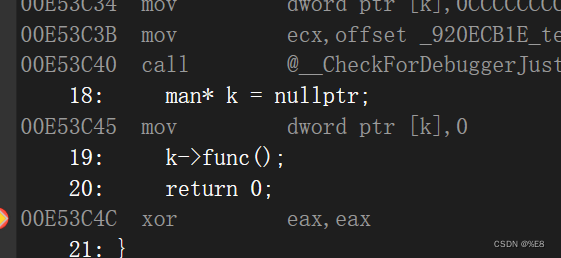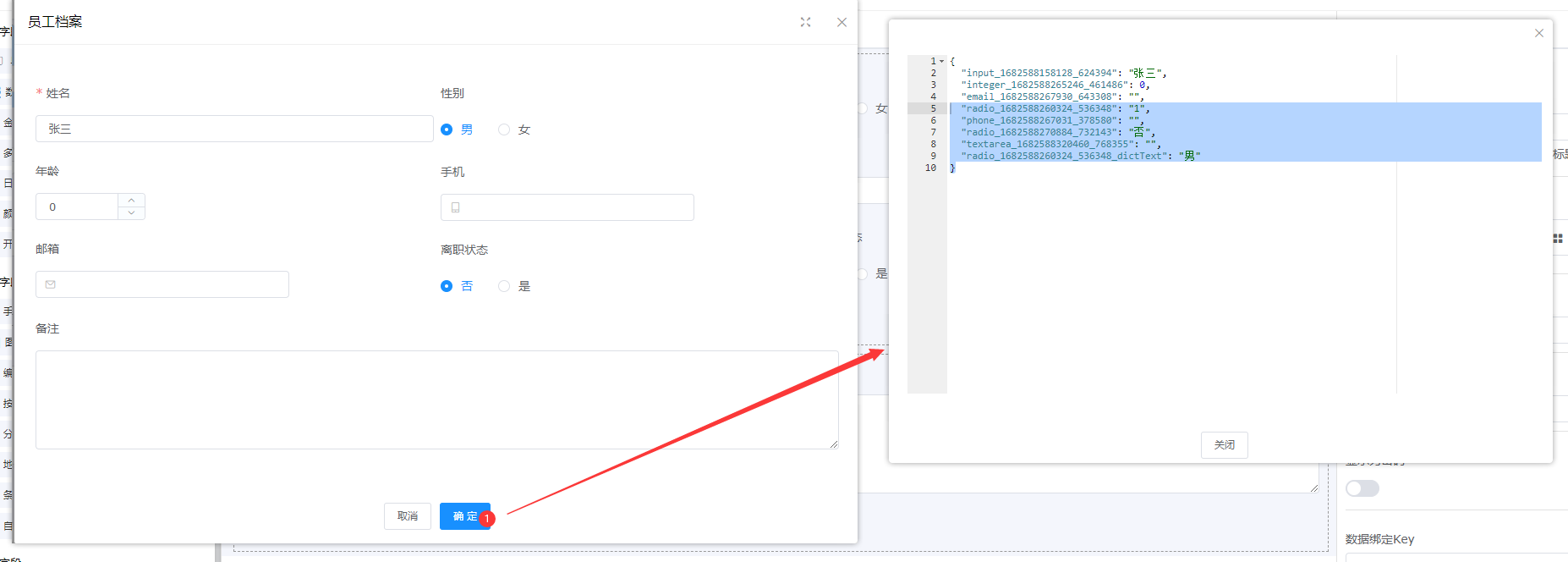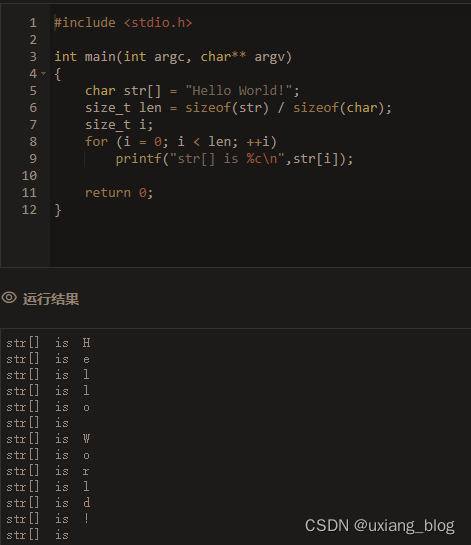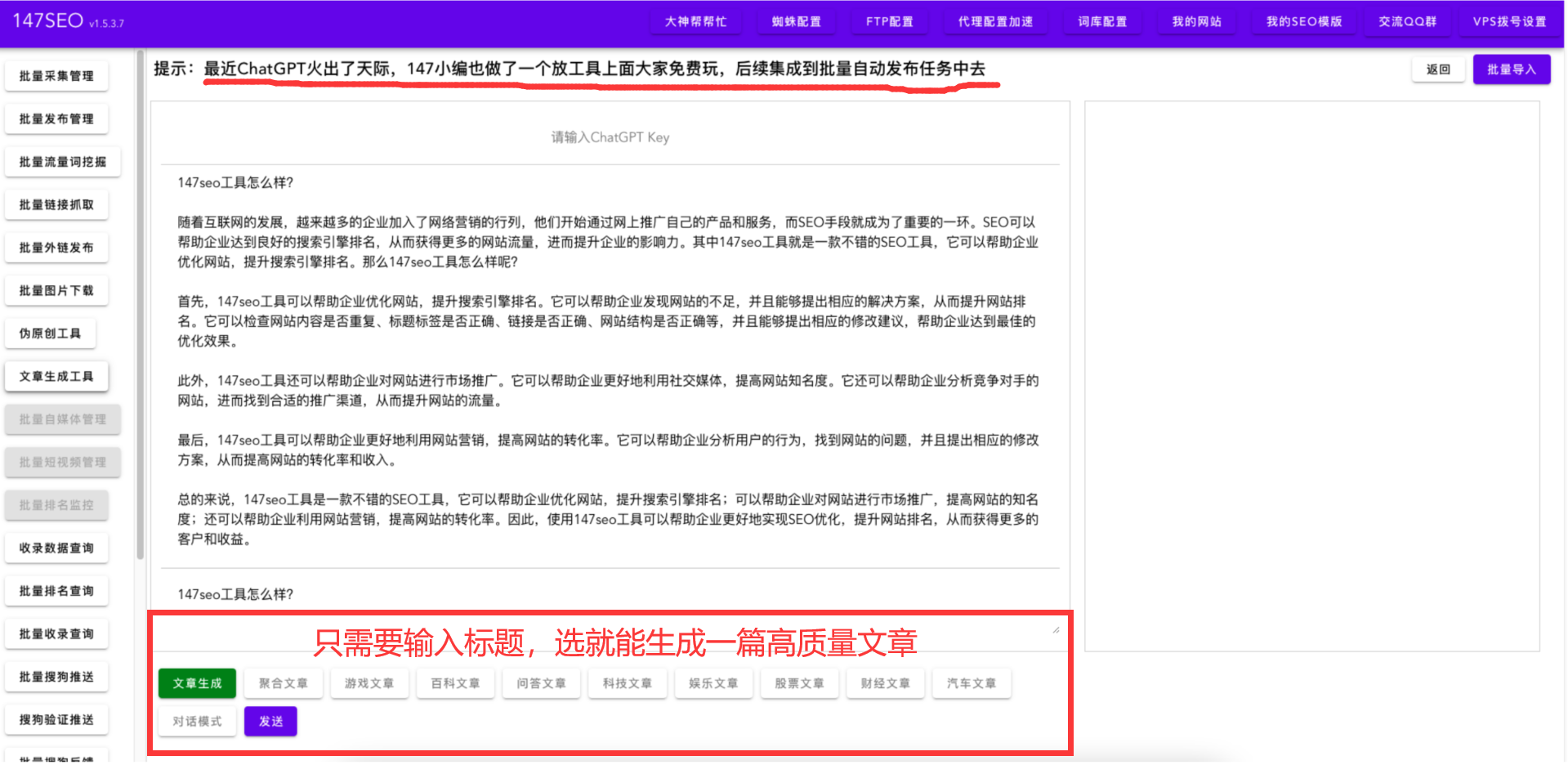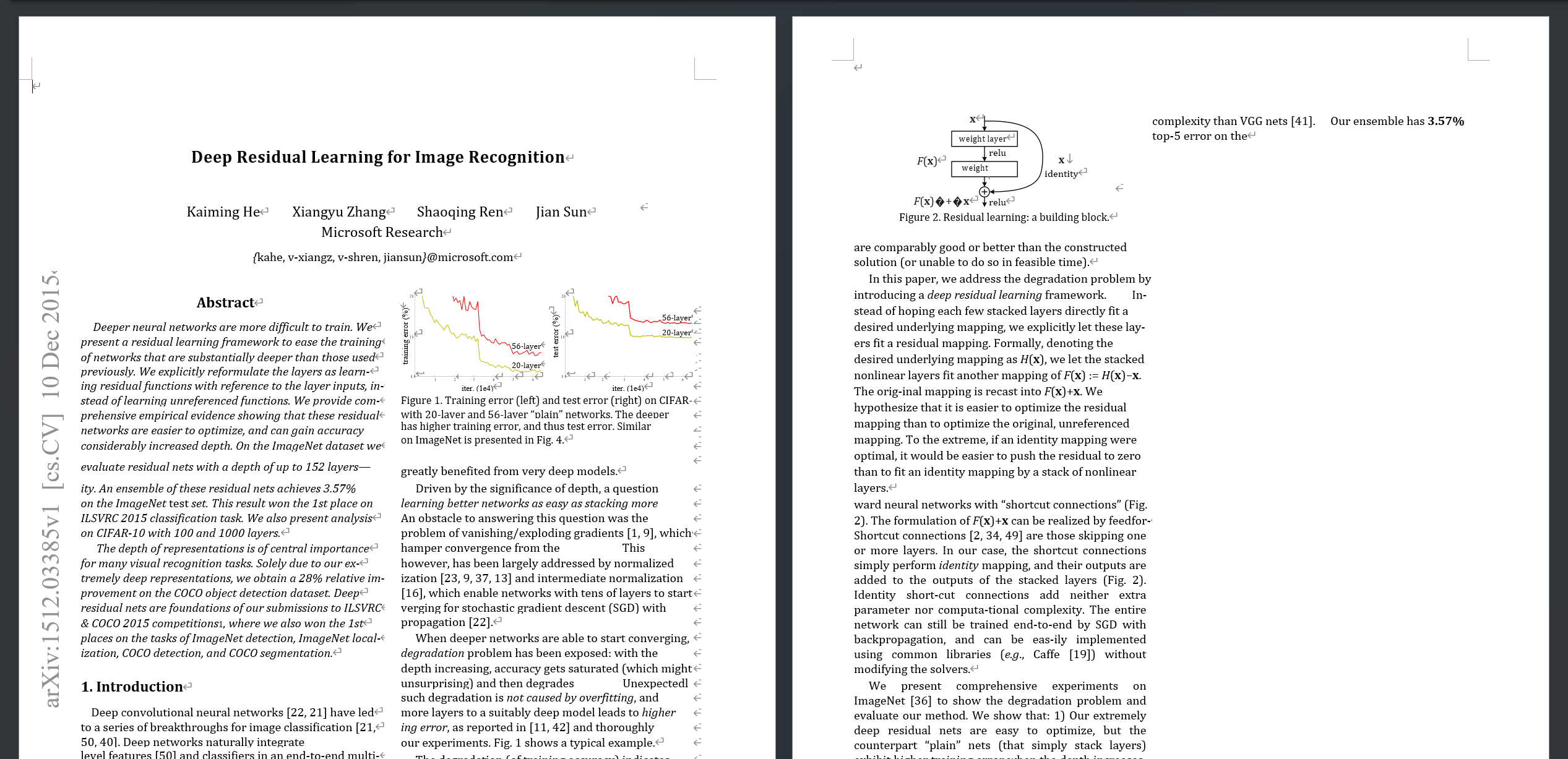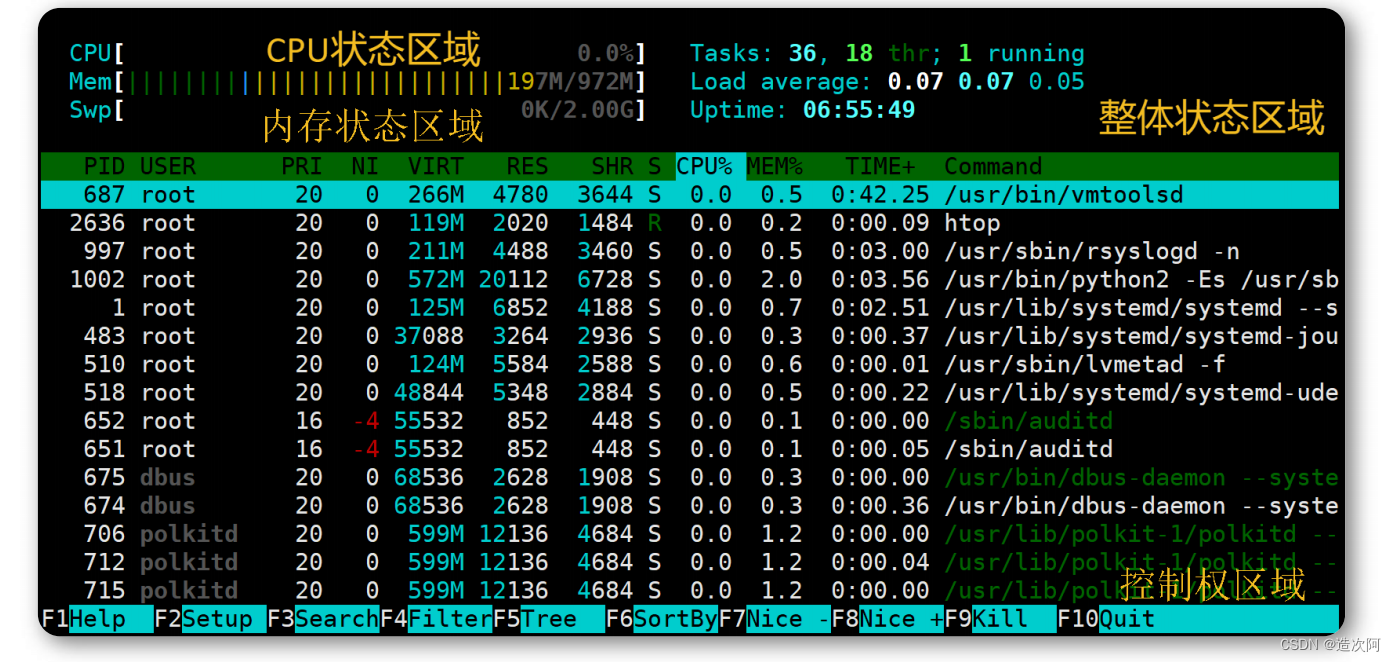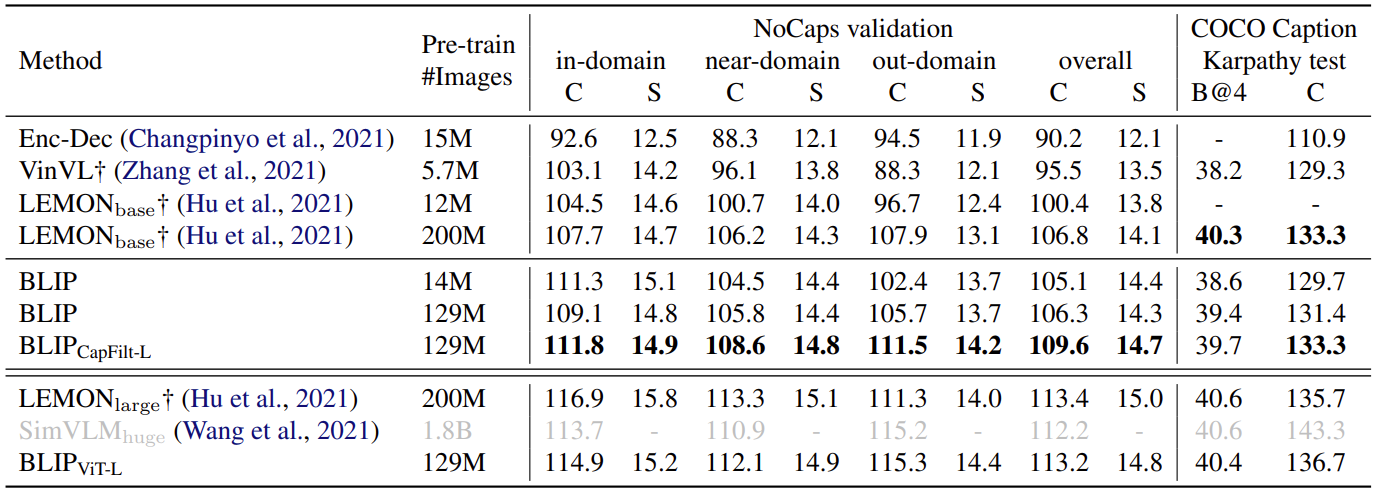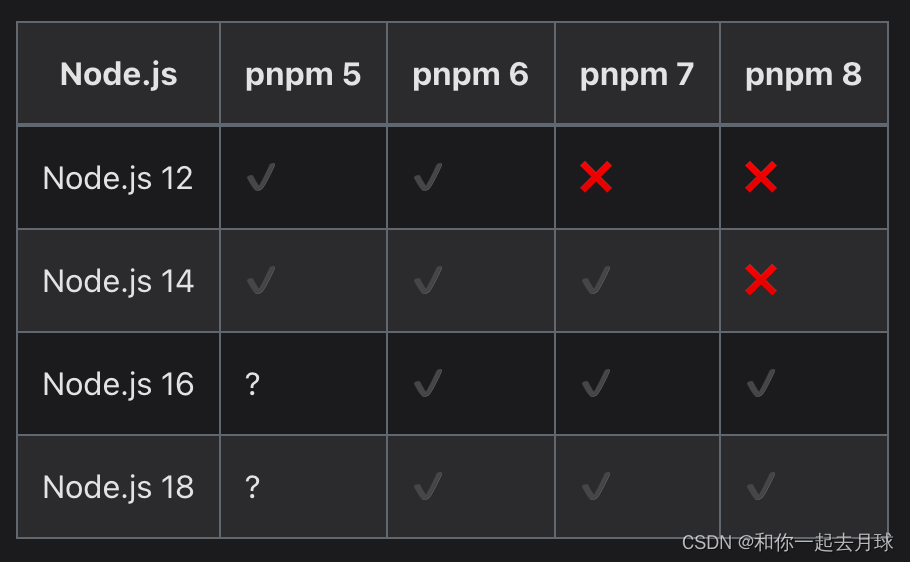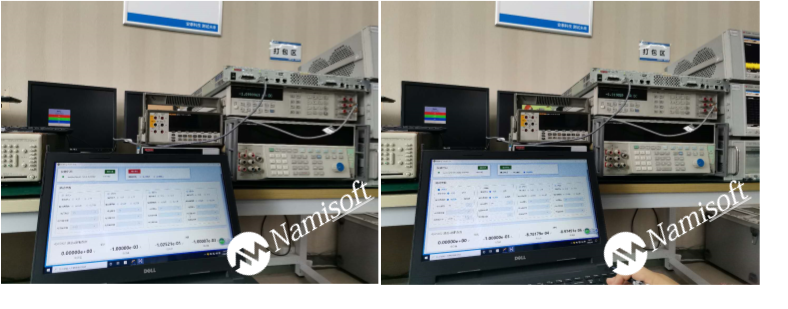1. element-wise(*) 按元素相乘,支持广播,等价于torch.mul()
a = torch.tensor([[1, 2],
[3, 4]])
b = torch.tensor([[2, 3],
[4, 5]])
c = a*b # 等价于torch.mul(a,b)
# tensor([[ 2, 6],
# [12, 20]])
a * torch.tensor([1, 2]) # 广播,等价于torch.mul(a, torch.tensor([1, 2]))
# tensor([[1, 4],
# [3, 8]])
a * torch.tensor([2]) # 乘以单个元素,依然是广播,等价于torch.mul(a, torch.tensor([2]))
# tensor([[1, 4],
# [3, 8]])
2. torch.mm(), 实现矩阵叉乘,即第一个矩阵的列数等于第二个矩阵的行数,不支持广播。
a = torch.arange(9).reshape(3, 3)
b = torch.arange(12).reshape(3, 4)
torch.mm(a, b)
#tensor([[ 20, 23, 26, 29],
# [ 56, 68, 80, 92],
# [ 92, 113, 134, 155]])
3. torch.bmm(),三维矩阵乘法,第一个维度是batch_size的大小。两个矩阵的batch_size大小要相等。
a = torch.arange(9).reshape(1,3, 3)
b = torch.arange(12).reshape(1,3, 4)
torch.bmm(a, b)
# tensor([[[ 20, 23, 26, 29],
# [ 56, 68, 80, 92],
# [ 92, 113, 134, 155]]])
4. torch.matmul(), 混合矩阵乘法
4.1 都是一维,进行点积运算

4.2 都是二维,返回矩阵叉乘
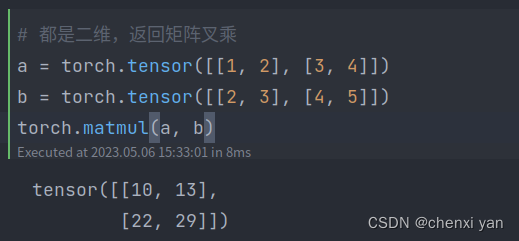
4.3 向量乘以矩阵

4.4 矩阵乘以向量
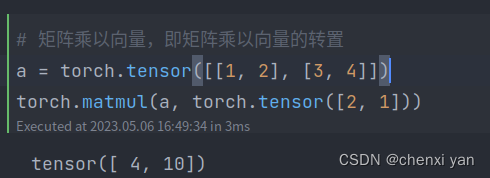
4.5 一维向量乘以多维矩阵
# 如果两个参数都是至少1个维度,并且至少一个参数是3维,那么返回一个batched矩阵乘法。
# 一维向量乘以多维矩阵
c = torch.arange(6).reshape(1,2, 3)
d = torch.tensor([2, 1])
e = torch.matmul(d, c) # d前置增加一个维度,然后在batch_size维度进行广播
e
# tensor([[3, 6, 9]])
4.6 多维矩阵乘以一维向量
e = torch.arange(2).reshape(1, 1, 2)
# 多维维矩阵乘以向量,向量在后面增加一个维度,然后在batch_size维度进行广播
f = torch.tensor([2, 4]) # 变成[[2], [4]]
g = torch.matmul(e, f)
g
# tensor([[4]])
4.7 最后两个维度没有一维向量
最后两个维度进行矩阵叉乘,前面的维度进行广播进行计算。
感兴趣的可以看看文档:https://pytorch.org/docs/stable/generated/torch.matmul.html#torch.matmul

5 torch.einsum()
参考该链接:https://zhuanlan.zhihu.com/p/434232512
6 Reference:
[1] https://huaweicloud.csdn.net/63807229dacf622b8df8865b.html
[2] https://pytorch.org/docs/stable/generated/torch.matmul.html#torch.matmul
